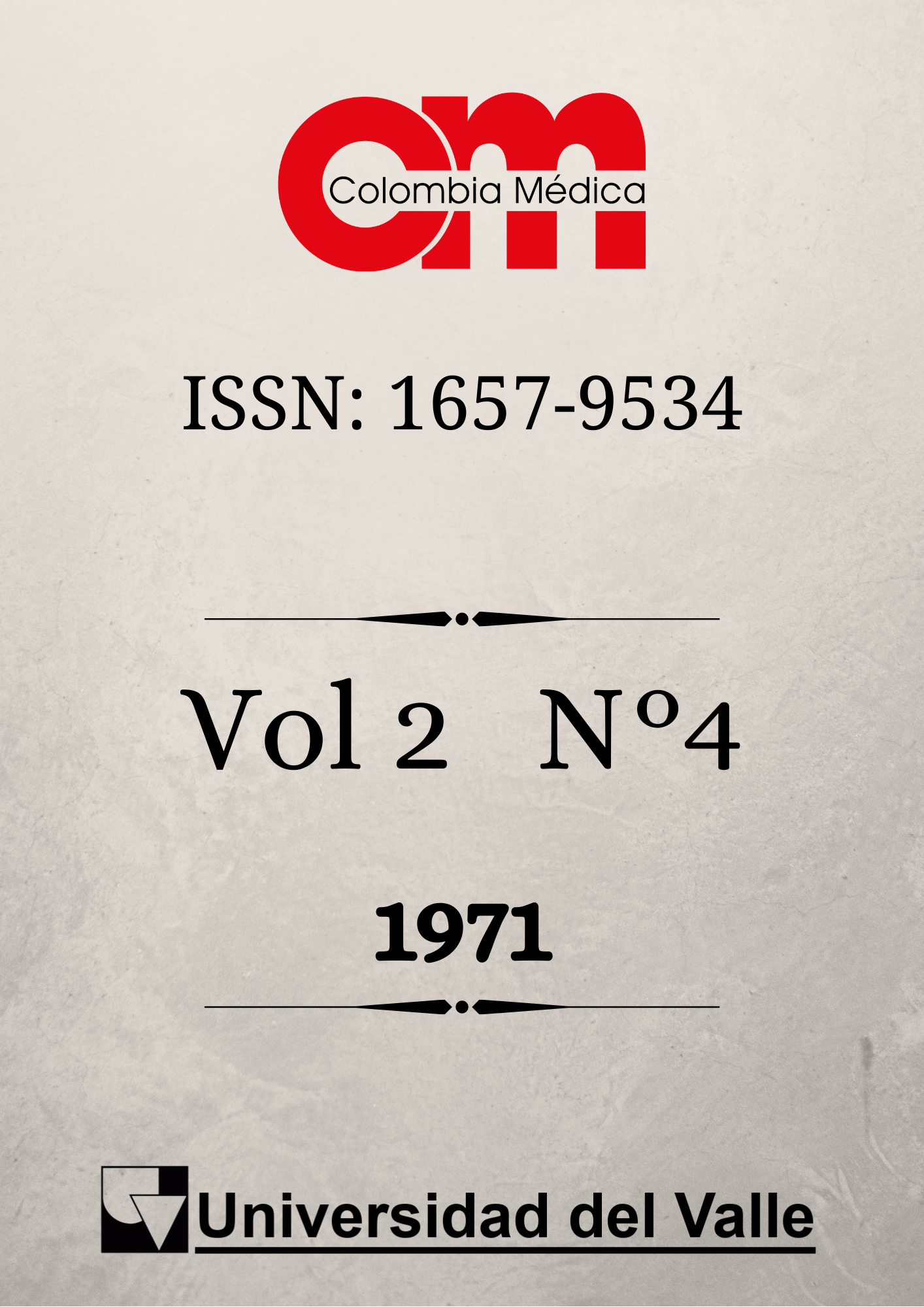Pasteurización de la leche. Comentarios a una solución
Main Article Content
La pasteurización puede ser definida como el proceso de hervir la leche a tales temperaturas y tantas veces cuantas sea requerido para destruir cualquier tipo de microórganismos presentes, causando el mínimo cambio en la composición, sabor y valor nutritivo. En el proceso clásico de pasteurización, la leche se retiene a una temperatura de 62.8°C - 56°C por no menos de media hora e inmediatamente es congelada a 10°C. La temperatura de uso casi universal es el llamado sistema "Altas temperaturas por corto tiempo" (HTST) en el cual la leche es retenida a temperaturas no menores de 71.7°C por 15 segundos e inmediatamente congelada hasta 5°C. Existen otras variantes, pero esencialmente el proceso es el mismo.
Downloads

This work is licensed under a Creative Commons Attribution-NonCommercial 4.0 International License.
The copy rights of the articles published in Colombia Médica belong to the Universidad del Valle. The contents of the articles that appear in the Journal are exclusively the responsibility of the authors and do not necessarily reflect the opinions of the Editorial Committee of the Journal. It is allowed to reproduce the material published in Colombia Médica without prior authorization for non-commercial use





